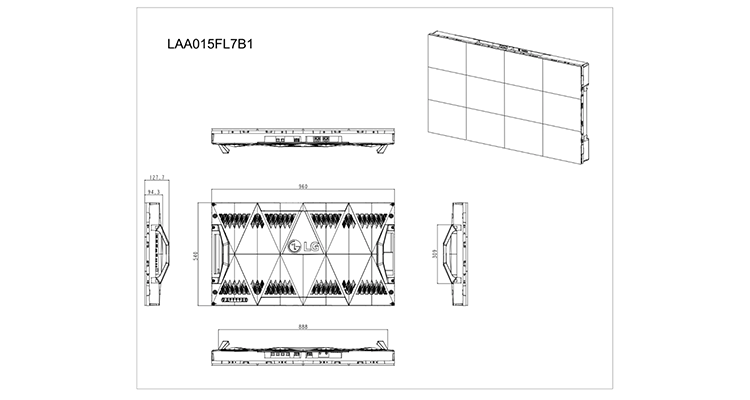WANTED: BIM OBJECTS!
 As I travel around the country, visiting architects and meeting engineers and other designers, I often ask them if they use Building Information Modeling. Most of them do.
As I travel around the country, visiting architects and meeting engineers and other designers, I often ask them if they use Building Information Modeling. Most of them do.
This 3D design, simulation and modeling technology has changed the way that architecture is practiced. By using this tool, designers can create a 3D replica of what the building may look like in its final stage, before construction even begins. This technology offers a broad range of benefits, and sharing the “i” in BIM – the information, is key.
By allowing various team members to work on the same project simultaneously, a collective effort facilitates a holistic approach to construction. So the architect will use BIM as much as he can; he’s a better, faster, more efficient designer using this technology. Projects can be delivered faster, easier, on time, on budget – sometimes under budget, using BIM. So who else benefits from BIM?
Ultimately, the facility owner may be the biggest beneficiary of BIM. The owner can be involved in tight design discussions throughout all phases, providing input and insight that can be implemented every step of the way, before a single brick is laid. BIM is helpful with clash detection; design flaws can be exposed and corrected easily, and this reduces change orders, saving tremendous amounts of money. Owners have the luxury of making changes without incurring additional costs to the projects, regardless of how many times the design is changed.
Other stakeholders benefit from BIM as well. Engineers, contractors, vendors, sub-vendors, facilities managers, consultants, systems integrators, construction managers, and cost estimators all have access to the BIM model and can share information on the project. Building product manufacturers – including audiovisual product manufacturers – can also greatly benefit from BIM. In the eyes of an architect, an AV manufacturer is a building product manufacturer – a BPM.
In today’s competitive marketplace, early specification in projects can mean the difference between a sale and loss of potential business for a BPM. Architects are more likely to specify high-quality, BIM-ready product models that will approximate their normal specification workflow. Manufacturers that do not have BIM objects available run the risk of being locked out of a project, and therefore, losing the sale.
My company, FSR, has invested heavily in BIM object creation and we have our BIM objects available for download from our website. We track the website activity with Google Analytics and nearly 2,000 of our BIM objects have been downloaded from our site and placed into projects so far this year. Savvy manufacturers recognize that BIM offers a unique opportunity that is unequaled to any other marketing approach today.





